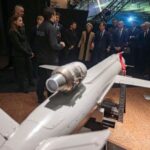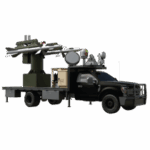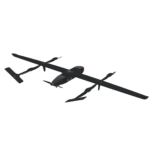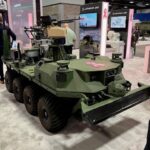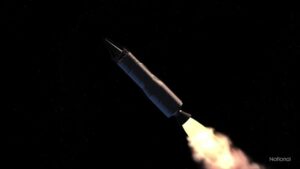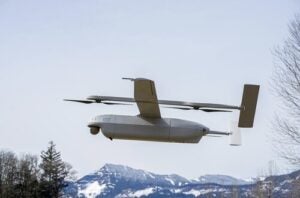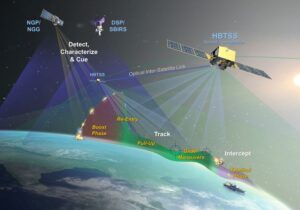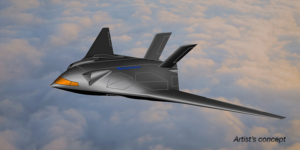
DARPA has selected Boeing’s [BA] Aurora Flight Sciences, Bell [TXT], Northrop Grumman [NOC] and Piasecki Aircraft to develop competing vertical takeoff and landing prototypes capable of flying at speeds of up to 450 knots. Under Phase 1A of the Speed and Runway Independent Technologies (SPRINT) X-Plane program, which is a joint DARPA and U.S. Special Operations Command effort, the four firms will work on conceptual designs leading to an eventual design review process. “The SPRINT X-plane is intended to be…

 By
By 